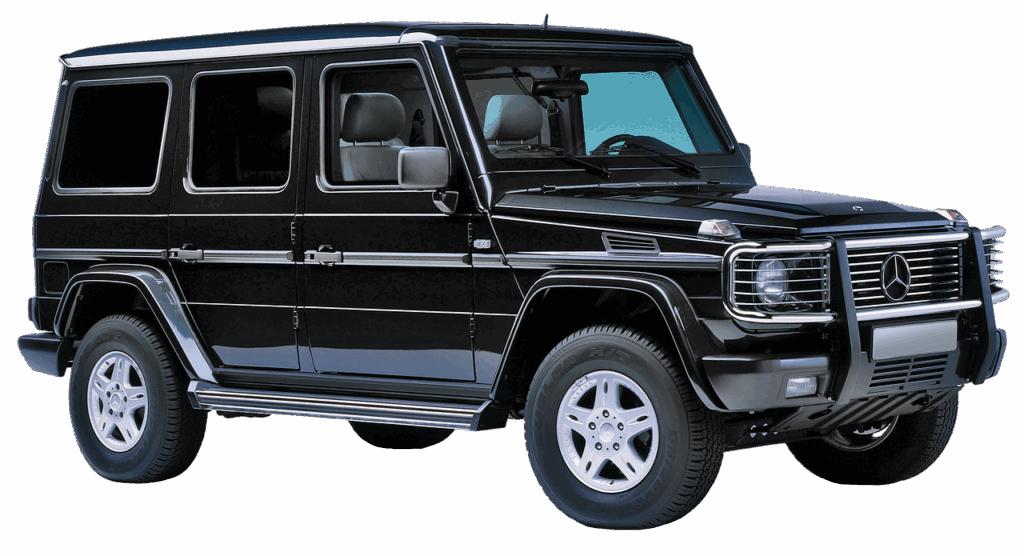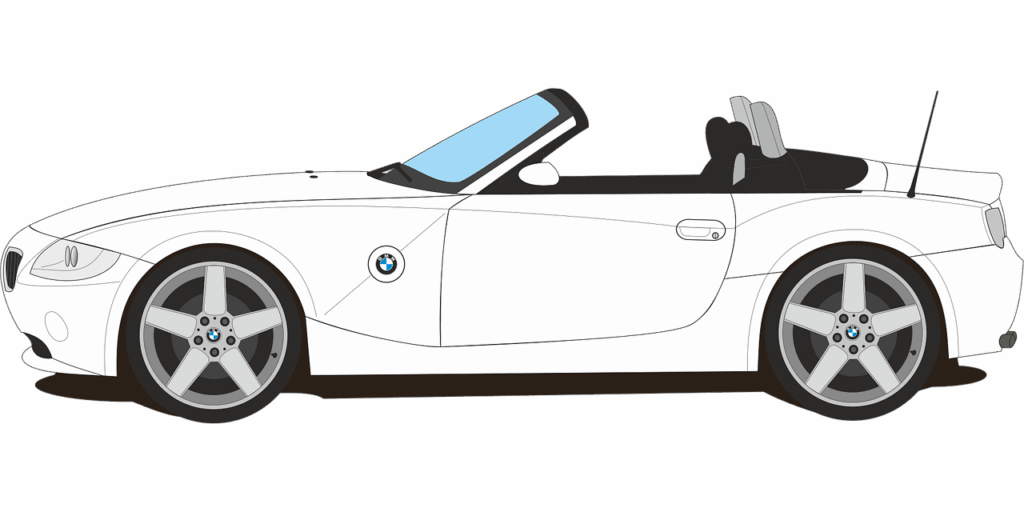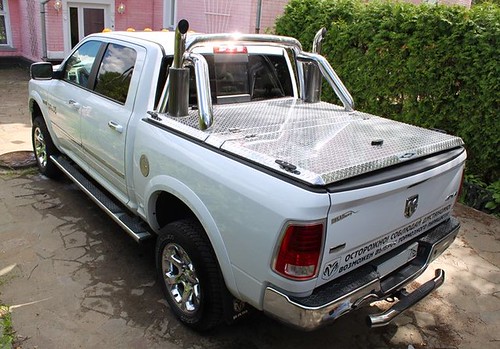Once upon a time, the open road called, and the convertible answered. It was a golden ticket to freedom, sunshine, and a tangible symbol of having ‘made it.’ The very idea of a drop-top car evoked images of cinematic glamour, wind-swept adventures, and an undeniable sense of liberation that few other vehicles could match. From the silver screen to suburban driveways, the convertible embodied a youthful ambition and a desire to connect with the elements.
Yet, somewhere between the crooning of Sinatra and the roar of a modern SUV, this once-coveted symbol began its quiet retreat. The numbers tell a stark tale: a nosedive with the top down and no parachute, as one expert aptly put it. What was once a vibrant segment of the automotive market has dwindled to a fractional presence, leaving many to wonder what profound shifts have led to this significant transformation.
This isn’t just a simple dip in preference; it’s a fundamental rethinking of what we demand from our vehicles. We’ve traded a certain kind of dream for another, and in doing so, we’ve inadvertently pushed a beloved automotive icon to the brink. We’re about to explore the multifaceted reasons why these classic open-air machines, once at the pinnacle of desire, now struggle to find a place in the hearts and garages of the modern driver.
1. **The Unstoppable Rise of the SUV and Crossover**
The most significant tectonic shift reshaping the automotive landscape has undoubtedly been the ascendance of the SUV and its crossover brethren. These tall-riding vehicles have masterfully captured the imagination of American consumers, offering a compelling blend of panoramic views, a heightened sense of safety, and unparalleled weekend versatility. It’s a compelling package that speaks directly to the demands of contemporary lifestyles.
Drivers found themselves trading the sleek lines of coupes and cabrios for the commanding presence and generous dimensions of crossovers, primarily driven by the insatiable appetite for cargo space. These vehicles seamlessly accommodate everything from family pets and camping gear to an extensive shoe collection, making them the default choice for those seeking practical utility alongside a modern aesthetic. The once-romantic notion of a two-seater convertible began to feel restrictive in comparison.
The appeal of the SUV isn’t solely about hauling capacity; it also resonates deeply with a desire for perceived safety clout on the road. The higher driving position offers a better vantage point, contributing to a feeling of control and security that many find reassuring. This combination of practicality, versatility, and safety has created an almost insurmountable challenge for the niche appeal of convertibles, making the SUV the new aspirational vehicle for many.
Read more about: Beyond the Hype: We Asked an Expert and Sifted Through Data to Find the 10 Car Brands You *Really* Need to Know for 2025!
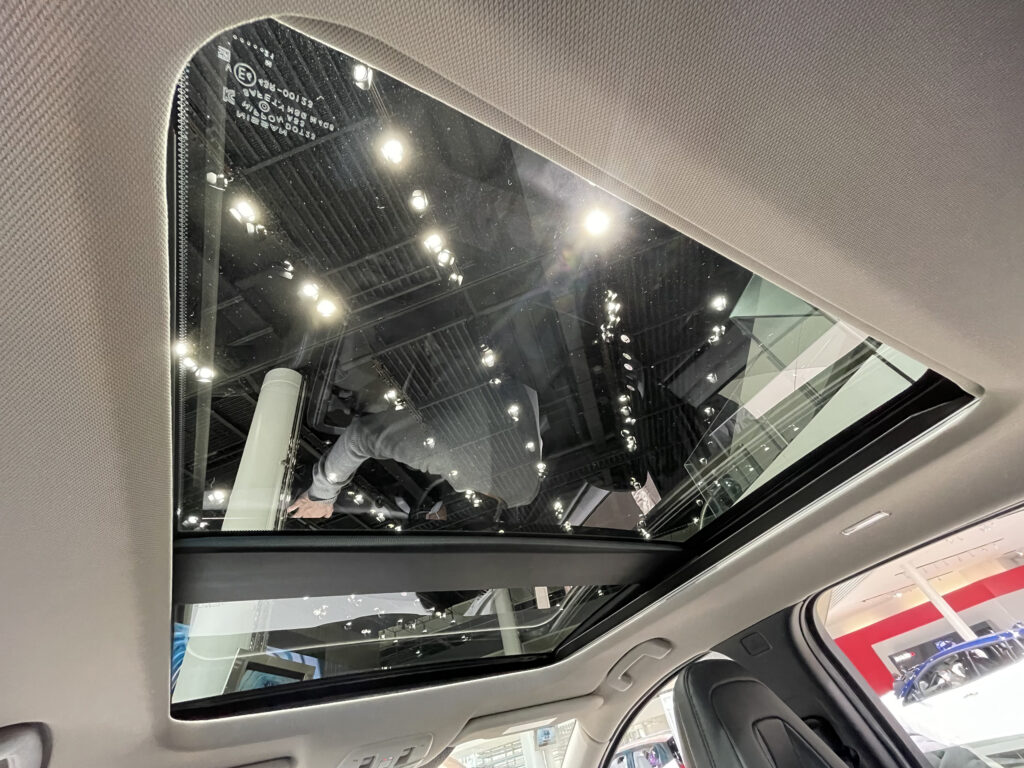
2. **The Panoramic Glass Roof: Open-Air Without the Open-Car Compromise**
One of the most cunning innovations to inadvertently hasten the convertible’s decline is the widespread adoption of the panoramic glass roof. Modern technology has advanced to a point where these ingenious roofs deliver an impressive “80% of the open-air experience with 0% of the hassle,” as highlighted by automotive journalists. This statistic alone captures a significant chunk of the convertible’s traditional appeal without any of its inherent drawbacks.
The convenience factor is undeniable. Unlike a conventional convertible top, which can sometimes be a source of leaks, require fiddly operation, or invite unwelcome airborne insects like rogue wasps, panoramic roofs offer a sealed, controlled environment. There are no concerns about an awkward hairdo after a highway run, just the ability to enjoy abundant natural light and an expansive view of the sky above with the simple press of a button.
This evolution provides what many consider the best of both worlds: a bright, airy cabin that connects occupants to the outside world, yet maintains the structural integrity, quietness, and climate control of a fixed-roof vehicle. It’s a compelling alternative that effectively neutralizes one of the primary unique selling propositions of the convertible, appealing to a broader audience seeking comfort and convenience over the full, unfiltered open-air experience.
3. **The Steep Cost of Engineering a Topless Machine**
Beyond market preferences and innovative alternatives, the fundamental engineering challenges associated with producing a convertible play a crucial role in its diminishing presence. Removing a car’s roof isn’t merely a matter of cutting it off; it necessitates extensive structural reinforcements to prevent the vehicle from driving “like overcooked spaghetti.” This process adds significant complexity and expense to the manufacturing process.
Carmakers must integrate robust rollover protection systems, often involving pop-up roll bars, and meticulously tune the chassis to compensate for the loss of rigidity that a fixed roof typically provides. These engineering demands translate directly into higher development and production costs. For vehicles that are inherently produced in lower volumes compared to their sedan or SUV counterparts, this becomes a substantial financial hurdle.
In an era where automotive manufacturers are increasingly focused on maximizing efficiency and profitability through high-volume production, spending considerable resources on “low-volume indulgences” like convertibles is becoming a less attractive proposition. The added cost, coupled with a shrinking market, makes it difficult to justify the investment, further contributing to the species’ endangered status within many brand lineups.

4. **The Startling Decline in Convertible Sales Figures**
The most unequivocal evidence of the convertible’s struggles comes directly from the sales charts. The numbers paint a grim picture, illustrating a dramatic and sustained retraction from the mainstream automotive market. In 2006, convertibles represented approximately 2% of all U.S. vehicle sales—a modest but noticeable share. Today, that figure has plummeted to “less than half a percent,” signifying a decline of truly staggering proportions.
This isn’t a minor fluctuation; it’s an industry-wide retreat. Statistics from S&P Global Mobility show new retail registrations of convertibles totaled around 70,000 units in the 12 months between March 2023 and February 2024. This figure is less than half of what sales were just a few years prior, illustrating a continuous downward trend that shows little sign of abating. The enthusiasm that once characterized the segment has simply evaporated.
Even iconic models, once synonymous with the convertible experience, have not been spared. The Ford Mustang convertible, celebrating its 60th anniversary this year, saw sales drop approximately 87% compared to its performance in 2001. Its long-standing rival, the Chevrolet Camaro, has faced an even harsher fate, being entirely discontinued. These figures underscore a profound market rejection that transcends individual model loyalty.
Read more about: The Smart Money’s Secret: 8 Undervalued Classic Cars Experts Say Are Poised for Significant Appreciation

5. **A National Shift: The Fading American Dream of Freedom**
The decline of the convertible reflects more than just changing automotive tastes; it hints at a deeper, more profound shift in the American ethos itself. Historically, the open-air car was intricately linked to a vision of freedom, adventure, and personal expression—a “messy, hair-flowing-in-the-wind” version of the American Dream. It represented an embrace of the elements and an uninhibited joy of the journey.
However, this romantic ideal is progressively being superseded by a preference for “climate-controlled isolation,” as one observer noted. Modern drivers, when polled about their dream cars, often prioritize characteristics like technology over emotional attachment. The aspiration for raw, visceral connection to the road and sky has been eclipsed by a desire for digital connectivity, convenience, and a shielded experience from the outside world.
This evolving dream is evident in individual stories. A reporter, for instance, recounted buying a 2004 Ford Mustang convertible in 2010. For him, it transformed everyday monotony into an adventure, replacing the rigid confinement of sedans and SUVs with freedom and openness. Yet, even as he cherished this sensation, U.S. convertible sales were already in decline, indicating a broader cultural tide turning against such unadulterated automotive joy.
Read more about: Beyond Patrick Jane: Charting the Evolving Career and Personal Life of Simon Baker, The Mentalist’s Enduring Star

6. **The Quest for Tech Over Emotion in Modern Vehicles**
The modern consumer’s hierarchy of automotive desires has shifted dramatically, placing technology firmly at the top, often above traditional emotional drivers like the joy of open-air motoring. A survey by Carvana on Americans’ dream cars revealed that the most coveted characteristic wasn’t an indefinable emotional pull, but rather advanced technology. This preference speaks volumes about contemporary values.
In a world increasingly dominated by “giant touchscreens and adaptive cruise control,” the stubbornly analog nature of a convertible can feel somewhat out of step. While convertibles are designed to remind you that driving can still be an experience rather than just a commute, this message is struggling to cut through the noise of constant digital engagement and seamless connectivity that today’s buyers expect.
This isn’t to say that emotion plays no role, but it’s increasingly channeled into different areas—perhaps the thrill of acceleration in an electric vehicle, or the convenience of advanced driver-assistance systems. The raw, unfiltered sensation of wind in the hair, once a paramount emotional draw, has given way to a more cerebral appreciation for integrated features and intelligent design, pushing the pure driving experience further down the list of priorities for the average buyer.
Even as the tide of consumer preference has largely turned, the story of the convertible is far from over. While the mainstream market may have moved on, a resilient niche of enthusiasts, romantics, and those young-at-heart continues to champion these open-air machines. Their survival, though challenged, is a testament to an enduring emotional appeal and a rich historical legacy that no amount of practicality can fully erase. It’s a segment that reminds us that sometimes, the ‘why’ behind a purchase transcends mere utility.
Read more about: 14 Famous Faces, Darker Truths: Unpacking the Hidden Controversies of Beloved Icons
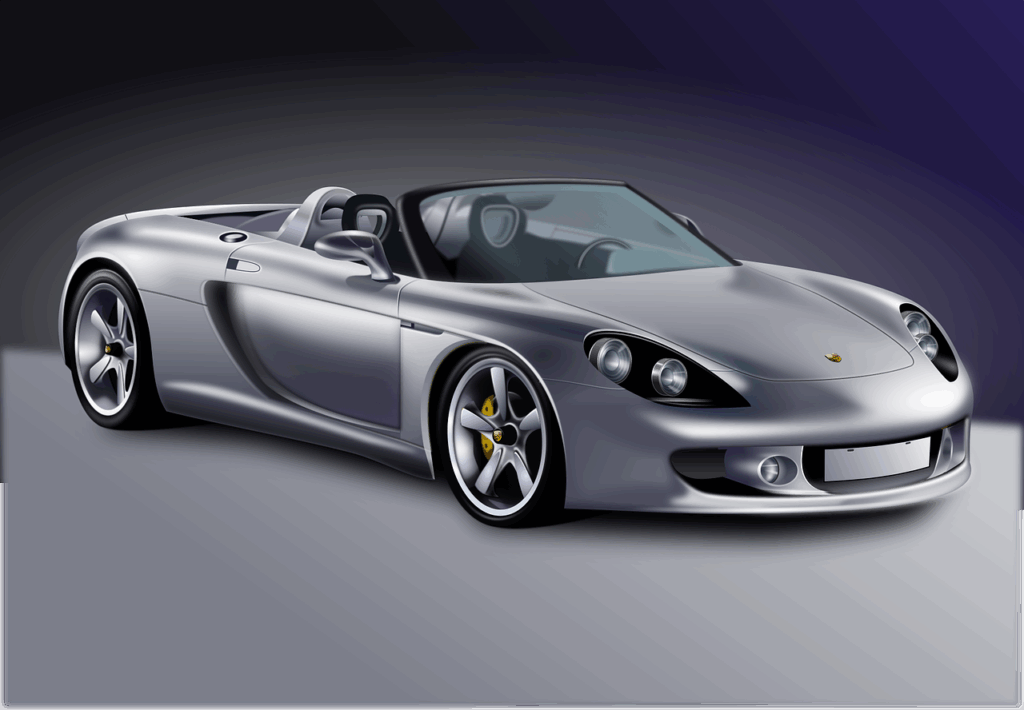
7. **The Enduring Allure of the Open Road: Why Convertibles Still Captivate**
Despite the formidable challenges posed by SUVs, panoramic roofs, and a tech-first consumer mindset, convertibles maintain a profound, almost primal appeal for a dedicated segment of drivers. These aren’t purchases driven by spreadsheet logic or cargo capacity; they are emotional machines, purpose-built not for drywall runs, but for chasing sunsets. They exist to remind us that driving can, and should, still be an experience—something far beyond a mere commute from point A to point B.
In a world increasingly dominated by the sterile efficiency of “giant touchscreens and adaptive cruise control,” there’s something undeniably compelling, even stubbornly analog, about a car that literally opens itself to the sky. This raw, unfiltered connection to the environment, the sensation of wind, sun, and sound, offers a unique counterpoint to the “climate-controlled isolation” that has become the modern norm. It’s a deliberate choice to engage with the elements rather than shield oneself from them.
This isn’t about ignoring progress; it’s about acknowledging a different kind of value. The “messy, hair-flowing-in-the-wind” version of the American Dream, though faded for many, still resonates deeply with those who cherish unadulterated automotive joy. For them, a convertible isn’t just transportation; it’s a declaration of independence, a commitment to savoring the journey, and a powerful antidote to the mundane. It’s okay, once in a while, to do something entirely because it feels good.
Read more about: Beyond the Chrome: A Deep Dive into 12 Iconic 1960s Luxury Car Ads That Defined a Golden Era of Automotive Storytelling
8. **Iconic Survivors: The Ford Mustang Convertible’s Unyielding Legacy**
The Ford Mustang convertible stands as a powerful testament to the enduring appeal of the open-air machine, celebrating its 60th anniversary this year. Despite the general market downturn, this iconic American muscle car continues to growl, remaining both affordable and unmistakably American. Its presence on the road, with the top down, harks back to an era when it was a magnet for middle-class Americans eager to inject adventure into their daily lives, directly fulfilling a “youthful ambition” once satisfied by more opulent marques.
Conceived by the famed auto developer Lee Iacocca, the Mustang was introduced in 1964 at an accessible price point, around $2.3k, or about one-third of the median family income. This strategic pricing helped to make the convertible dream attainable for a broader audience, boosting annual convertible sales to approximately 500,000 in the mid-1960s, representing around 5% of total vehicle sales in America. The Mustang democratized the open-air experience, making it a tangible symbol of freedom for many.
While its sales figures have seen a significant drop—approximately 87% compared to 2001—the Mustang convertible’s continued existence underscores its deep cultural roots. It’s not just a car; it’s a piece of Americana, a link to a romanticized past where the open road promised liberation. For a brand to sustain a convertible variant for six decades, even in a shrinking market, speaks volumes about its unwavering identity and the loyalty of its dedicated fanbase.
Car Model Information: 2019 Hyundai SANTA FE 2.0T Limited
Name: Ford Mustang (S550)
Alt: Front three-quarters view of a blue coupe
Manufacturer: Ford Motor Company
ModelCode: S550
Production: August 2014 – April 2023
ModelYears: 2015–2023
Assembly: Flat Rock, Michigan
Designer: Kemal Curić
Class: Pony car,muscle car
BodyStyle: coupe
Layout: Front-engine, rear-wheel-drive layout
Platform: Ford D2C platform
Engine: Unbulleted list
Transmission: Unbulleted list
Wheelbase: cvt
Length: cvt
Width: cvt
Height: cvt
Weight: cvt
Predecessor: Ford Mustang (fifth generation)
Successor: Ford Mustang (seventh generation)
Categories: All articles with vague or ambiguous time, Articles with short description, Cars discontinued in 2023, Cars introduced in 2014, Commons category link is on Wikidata
Summary: The Ford Mustang (S550) is the sixth generation of the Ford Mustang, a pony car produced from 2014 until it was replaced by the seventh generation in 2023.
The development of the Mustang began in 2009 under the direction of the chief engineer Dave Pericak and exterior design director Joel Piaskowski. In 2010, design management selected an exterior design theme proposal by Kemal Curić. After four years of development, Ford debuted the Mustang at numerous online media events in December 2013, preceding its public unveiling at the Detroit Auto Show in January 2014. Official manufacture of the sixth generation of the Mustang began at the facility in Flat Rock, Michigan, in August 2014. The car was available as both a coupe and a convertible.
Introduced for the 2015 model year to replace the fifth generation, the Mustang offered multiple engine configurations, including a 3.7-liter V6 engine, a 2.3-liter inline-four EcoBoost engine, and a 5.0-liter GT V8 engine. The V6 was discontinued in 2017. The sixth generation marked the first Mustang to be marketed globally, introducing factory-produced right-hand-drive models alongside the traditional left-hand-drive versions. This was part of the “One Ford” business strategy, which also encompassed models such as the Fiesta, Focus, Fusion/Mondeo, Escape/Kuga, Edge, Transit Connect, and Transit.
Ford released several special editions of the sixth-generation Mustang, including the Shelby GT350 and GT500, the Bullitt edition to commemorate the 50th anniversary of the 1968 film Bullitt, and a model celebrating the Mustang’s own 50th anniversary. The car is the recipient of numerous accolades, including Esquire’s Car of the Year in 2014, a spot on Car and Driver’s 10Best list in 2015 and 2017, and the EyesOn Design award for Best Production Vehicle in 2014. The sixth generation of the Mustang was discontinued in April 2023, with its successor, the S650, beginning production in May.
Get more information about: Ford Mustang (sixth generation)
Buying a high-performing used car >>>
Brand: Ford Model: Mustang convertible
Price: $20,409 Mileage: 80,162 mi.
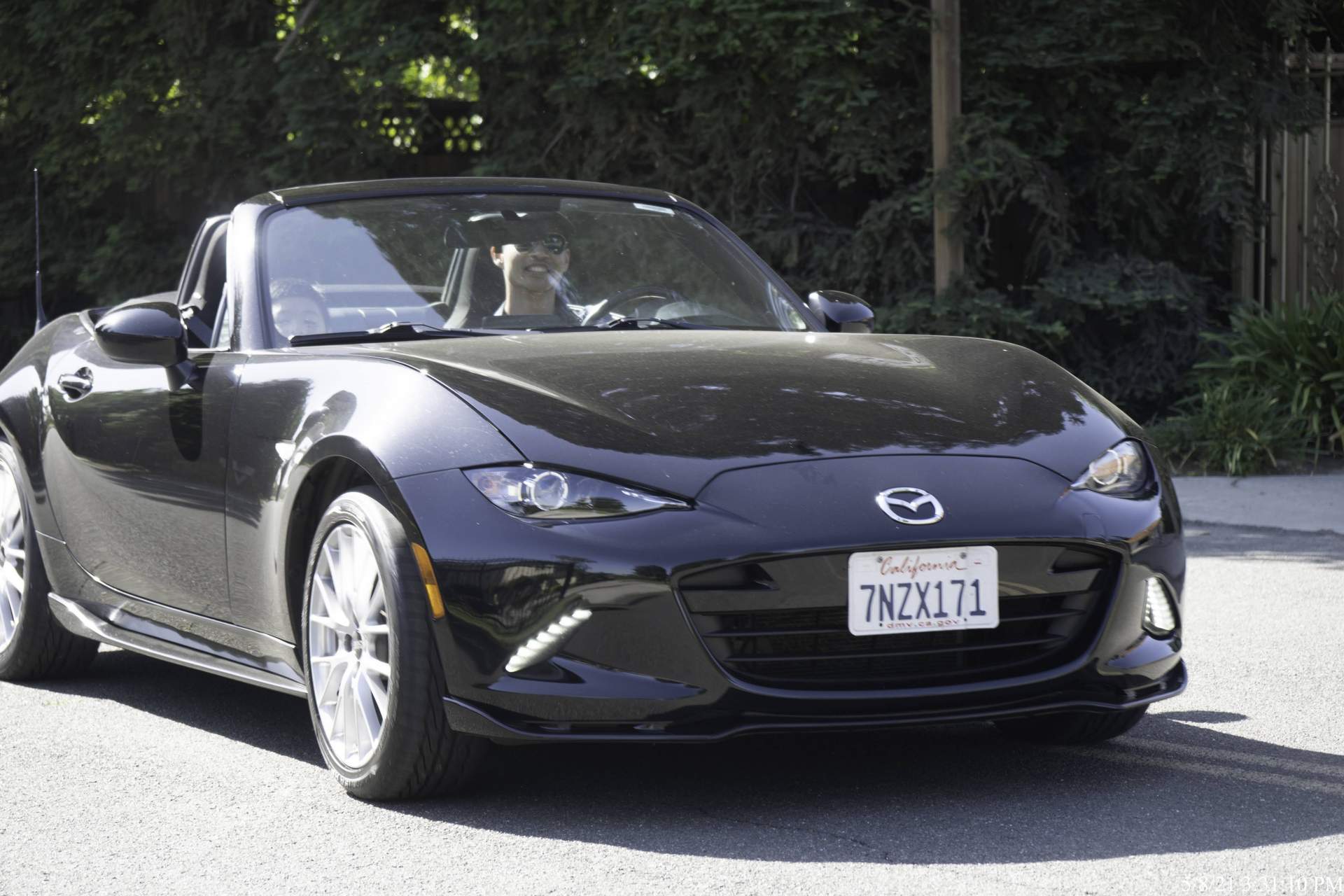
9. **The Mazda Miata (MX-5): A Masterclass in Pure Driving Joy**
In a market often fixated on horsepower and digital real estate, the Mazda Miata (MX-5) stands as a refreshing counter-narrative, proving that true driving pleasure doesn’t require a hefty price tag or an overpowered engine. It’s a lightweight, rear-wheel-drive marvel that has cultivated a fiercely loyal following by embodying the essence of accessible, grin-inducing motoring. The Miata champions the idea that you truly “don’t need 500 horsepower to grin like an idiot.”
This ethos of minimalist performance and maximum engagement is precisely what keeps the Miata relevant. It offers a direct, unadulterated connection to the road that many modern, tech-laden vehicles struggle to replicate. The simplicity of its design, combined with its renowned balance and handling, makes every drive an event, whether it’s a spirited canyon carving session or a leisurely cruise down a coastal highway. It’s a vehicle built for the pure joy of driving, embracing the elements in a way that few others can.
The Miata’s enduring appeal also taps into a broader history of affordable, fun-to-drive convertibles. Growing up, the sight of a college-aged woman “looking far cooler” in a Mazda Miata left a lasting impression, illustrating how these cars satisfy a “youthful ambition” across generations. It’s a car that, despite its modest power figures, delivers an outsized sense of adventure and freedom, maintaining its cult classic status among enthusiasts who prioritize the feeling behind the wheel above all else.
Car Model Information: 2019 Mazda MX-5 Miata RF Grand Touring
Name: Mazda MX-5
Manufacturer: Mazda
Aka: unbulleted indent list
Production: 1989–present
Assembly: Hiroshima
Class: Roadster (car),sports car
Layout: unbulleted indent list
Platform: List of Mazda model codes#Model codes
Categories: 1990s cars, 2000s cars, 2010s cars, 2020s cars, All Wikipedia articles in need of updating
Summary: The Mazda MX-5 is a lightweight two-seat sports car manufactured and marketed by Mazda. In Japan, it is marketed as the Mazda Roadster or, previously, as the Eunos Roadster. In the United States it is sold as the Mazda Miata (), and it was formerly marketed under the same name in Canada. The name miata derives from Old High German for “reward”.
Produced at Mazda’s Hiroshima plant, the MX-5 debuted in 1989 at the Chicago Auto Show. It was created under the design credo Jinba ittai, meaning “unity of horse and rider”. Noted for its small, light, balanced and minimalist design, the MX-5 has often been described as a successor to the 1950s and 1960s Italian and British roadsters, with the Lotus Elan serving as a design benchmark.
Each generation is identified by a two-letter code, beginning with the first generation NA. The second generation NB launched in 1998, followed by the third generation NC in 2005, and the fourth generation ND in 2015.
More than one million MX-5s have been sold, making it the best-selling two-seat convertible sports car in history.
Get more information about: Mazda MX-5
Buying a high-performing used car >>>
Brand: Mazda Model: Miata
Price: $24,981 Mileage: 48,370 mi.
10. **Luxury and Performance: The High-End Convertible Experience**
For those with a more substantial budget and a thirst for automotive theater, the luxury convertible market continues to offer an array of sophisticated and powerful options. Brands like BMW, Porsche, and Maserati maintain a strong presence, demonstrating that the desire for open-air opulence combined with high-performance engineering is far from extinguished. These vehicles are designed to provide both exhilarating driving dynamics and an undeniable sense of occasion.
BMW, for instance, offers both the slick German styling of the Z4 and the potent straight-line Bavarian muscle of the M440i Convertible, catering to different expressions of top-down attitude. The Porsche 911 Cabriolet, arguably the definitive sports car, adds the thrill of a built-in sunburn to its legendary performance. Maserati’s GranCabrio Trofeo delivers “all drama, no compromise,” asserting a bold statement of Italian flair and power that transcends mere transportation.
Even Mercedes continues to play in this high-stakes space with typical cinematic flair, exemplified by the AMG SL-Class, which folds its roof with the precision of a Bond gadget, combining luxury, horsepower, and style in a single, elegant stroke. Audi’s S5 Cabriolet is another quiet standout, expertly balancing all-weather daily usability with the irresistible charm of wind-in-your-hair credibility. These offerings prove that for a certain clientele, the premium convertible remains an essential indulgence, a blend of engineering prowess and sensory pleasure that remains unmatched by other vehicle types.
Read more about: Unearthing the Beasts: 12 Forgotten ’90s Powerhouses That Still Outrun Modern Machines by 2025
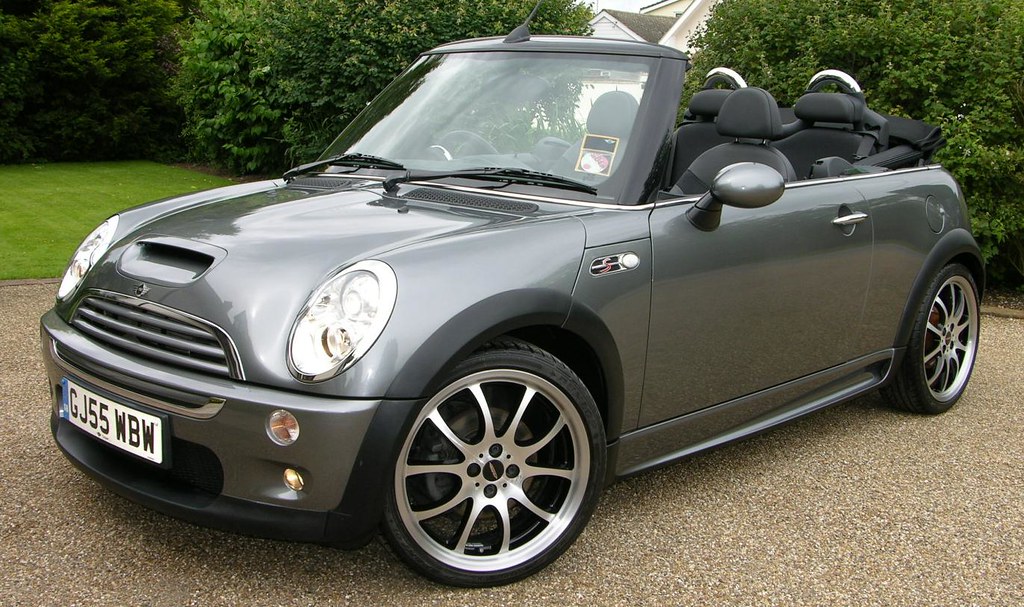
11. **The MINI Cooper S Convertible: Cheeky Agility and Open-Air Records**
Among the survivors in the convertible landscape, the MINI Cooper S Convertible carves out a unique niche with its distinctive personality and surprising capabilities. Described as “the cheekiest option of the bunch,” it combines iconic design with remarkable agility, offering a spirited driving experience that is both engaging and eminently practical for daily enjoyment. Its ability to fold its roof in a mere 18 seconds perfectly illustrates its blend of convenience and open-air fun.
What truly sets the MINI Cooper S Convertible apart is its playful ingenuity, embodied by its unique “Always Open Timer.” This charming feature tracks precisely how long the driver has spent with the top down, effectively serving as a “tan logbook.” It transforms a simple statistic into a source of pride and a gentle encouragement to embrace the open-air lifestyle, leaning into the emotional and experiential aspect of convertible ownership rather than shying away from it.
This focus on pure enjoyment and connection to the outside world reinforces the idea that convertibles are more than just vehicles; they are “toys” designed for enjoyment. The MINI’s compact size and nimble handling make it ideal for quick getaways, embodying the sentiment of being able to “decide to call in ‘sick’ and be on the coast before HR even clocks in.” It represents a vibrant corner of the market where personality, driving dynamics, and the unadulterated joy of open-air motoring still reign supreme.
Car Model Information: 2019 Hyundai SANTA FE 2.0T Limited
Name: Mini
Caption: 2024 Mini Cooper S (F66)
Alt: A 2024 Mini Cooper S with 3-door body style
Manufacturer: BMW
Aka: ubl
Production: 2001–present
ModelYears: 2002–present
Layout: Front-engine, front-wheel-drive layout
Class: Supermini
Predecessor: Mini,Austin Metro
Categories: 2010s cars, All Wikipedia articles written in British English, All articles to be expanded, Articles to be expanded from June 2025, Articles with short description
Summary: The Mini (stylised as MINI) supermini range, marketed under various names such as Mini Cooper, Mini Hatch, Mini Hardtop, Mini One, and Mini John Cooper Works, are a family of retro-styled three-door hatchback, two-door convertible, and five-door hatchback (since 2014). The range was introduced in July 2001, following the acquisition of the Mini brand by German automaker BMW.
BMW first unveiled the Mini hatch concept car at the 1997 Frankfurt International Motor Show, when the Mini brand was still part of the BMW-owned Rover Group. Developed as a successor to the original Mini, the styling of the concept car was well received by the public and further developed. The new Mini range was launched by BMW in 2001, one year after their sale of the Rover Group in March 2000, and the classic Mini’s discontinuation that same year. Under BMW ownership, the brand later grew its line-up by adding larger models such as the Clubman in 2007, the Countryman in 2010, the Paceman in 2012, and the Aceman in 2024.
The second generation was launched in 2006 and the third, adding a longer 4/5-door hatchback, in 2014. A two-door convertible version was added in 2004, followed by its second generation in 2008. With the launch of the fourth generation in 2024, the Mini Hatch has been renamed to Mini Cooper. BMW also developed several battery electric versions of the Mini, starting with the Mini E in 2009 developed only for field trials, followed by the mass-produced Mini Electric in 2019, and succeeded by the Mini Cooper E/SE in 2023 which uses a dedicated electric vehicle platform.
Mini models under BMW ownership are produced in Cowley, Oxfordshire, United Kingdom at Plant Oxford. Between July 2014 and February 2024, F56 3-door production was shared with VDL Nedcar in Born, Netherlands. The F57 convertible was exclusively assembled at the Born plant between 2015 and 2024. From 2024, all F65/66/67 combustion engined Mini hatch and convertible production will be centred at Oxford. Since late 2023, the electric Mini Cooper is developed and produced in China at the Spotlight Automotive joint venture facility in Zhangjiagang, Jiangsu.
Get more information about: Mini Hatch
Buying a high-performing used car >>>
Brand: MINI Model: Cooper S Convertible
Price: $20,409 Mileage: 80,162 mi.
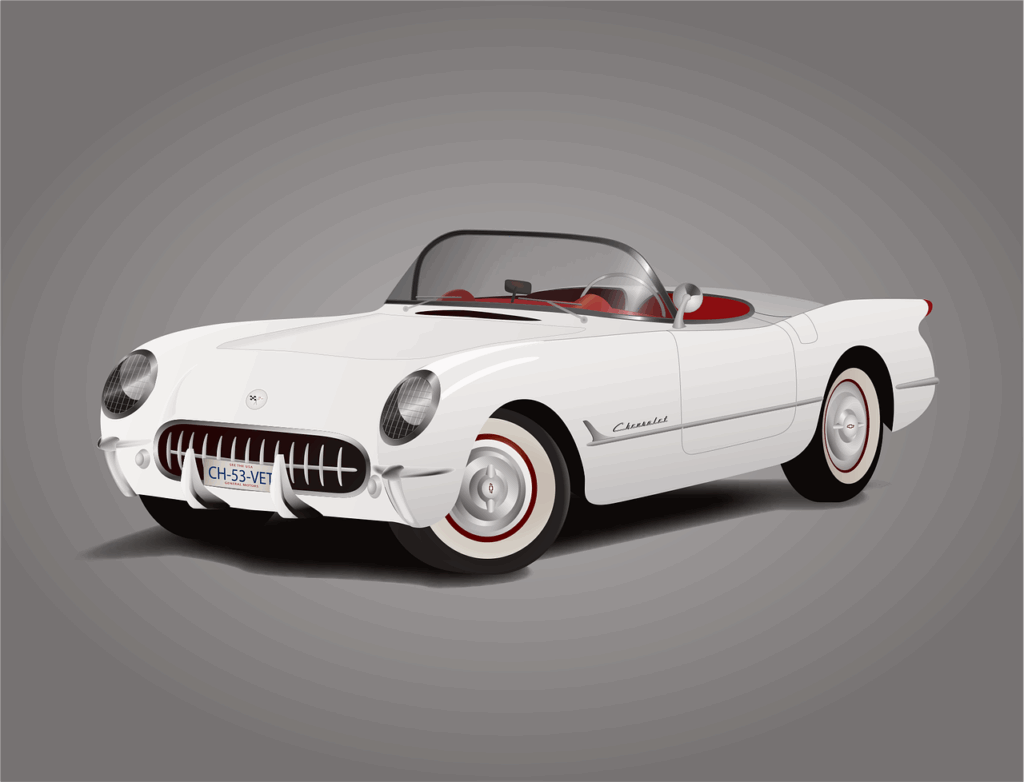
12. **A Glimpse into the Past: The Historical Glamour of Convertibles**
The story of convertibles is deeply intertwined with a rich historical tapestry of glamour, aspiration, and the evolving American Dream. Long before SUVs dominated, the open-air car was a powerful symbol of status and freedom, initially accessible only to the prosperous few. In the 1930s, convertibles from Duesenberg, Rolls-Royce, and Packard, costing two to four times the average family income, became ultimate status symbols, frequently gracing the garages of Hollywood’s elite.
Reporters of the era often noted how stars like Clark Gable, with his Packard convertible, and Marlene Dietrich, chauffeured in a tan Rolls-Royce convertible, used these “flash, gaudy cars” to signify their “dizzy heights of movie fame.” This aspirational connection was palpable, as the reporter keenly observed, “the gaudy car… satisfies a youthful ambition—and all of us have had it.” This yearning persisted through generations, from my own childhood longing for a more exotic ride to the collective memory of my grandparents’ 1962 seafoam-green Impala.
The mid-20th century saw a brief democratization of this dream, especially with the introduction of roomy, space-aged convertibles by Chevy, Lincoln, and Buick in the 1950s and 60s. Lee Iacocca’s 1982 revival with the Chrysler LeBaron further cemented the convertible’s place, albeit temporarily, in the wider market, leading to a flourishing landscape of options in the 1990s, from the Pontiac Sunfire to the not-so-fast Geo Metro. This journey from exclusive luxury to middle-class aspiration, and back to a niche, underlines the convertible’s fluctuating but always significant role in automotive history.
So, while the numbers tell a stark tale of decline, it’s far too soon to write the obituary for the convertible. They’re an endangered species, yes, but not a dead one. For those who understand, it’s not about the cold calculus of practicality or the latest tech spec sheet. It’s about a feeling—the sun on your face, the wind in your hair, the symphony of an engine bouncing off canyon walls. It’s about doing something entirely because it feels good, because it connects you to the pure, unadulterated joy of driving. It’s a choice that transcends the rational, tapping into an elemental freedom that continues to whisper from the open road, beckoning the eternally young-at-heart to put the top down and chase the next sunset. And for those who don’t get it… well, the crossover aisle at your local dealership is always well-stocked.


